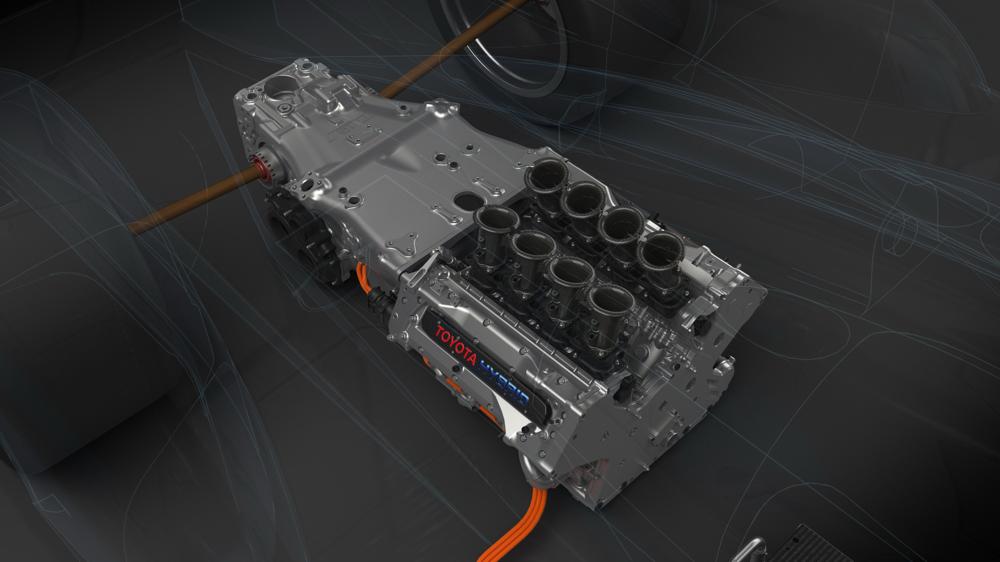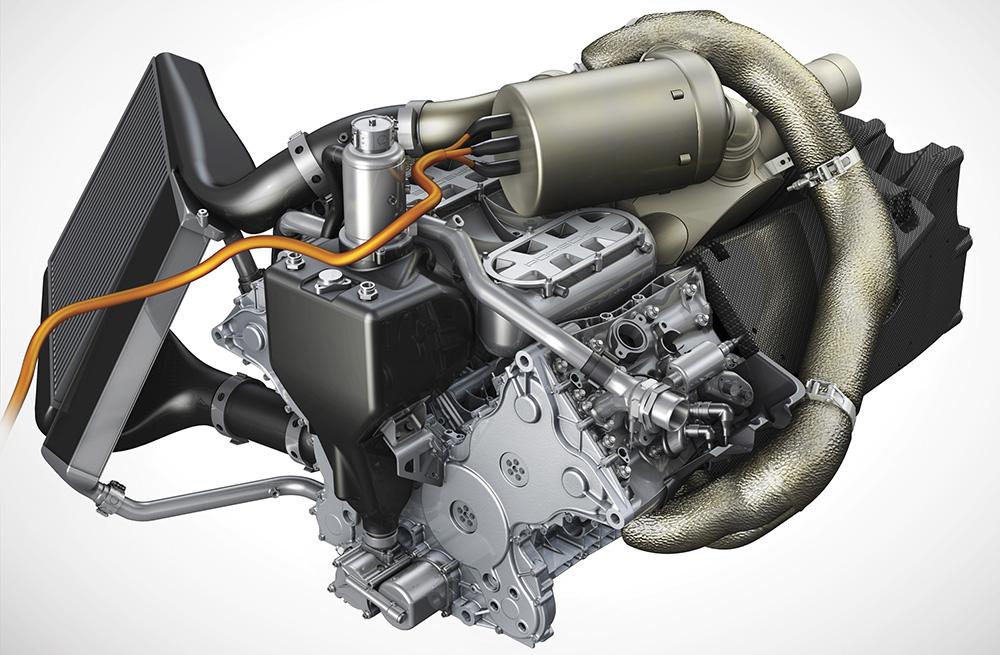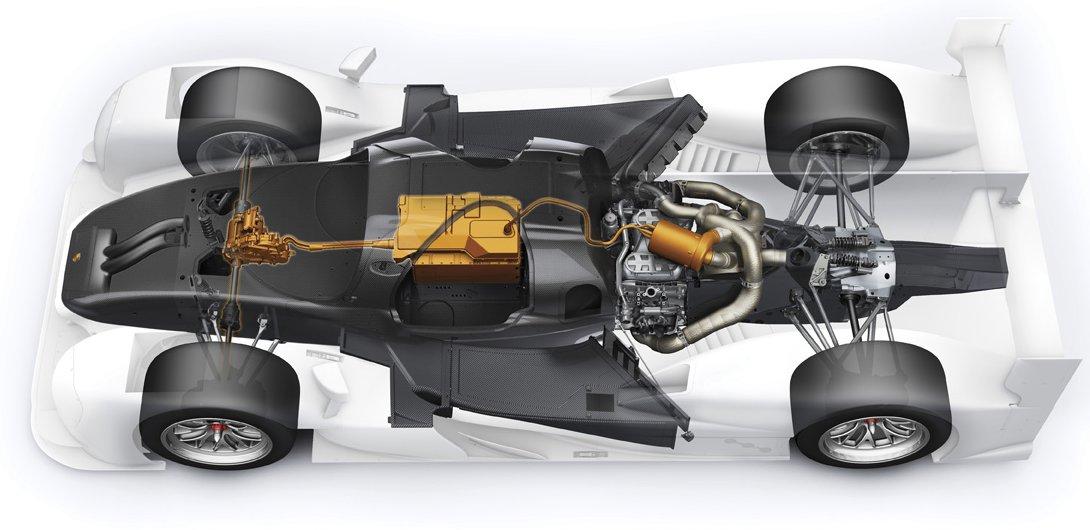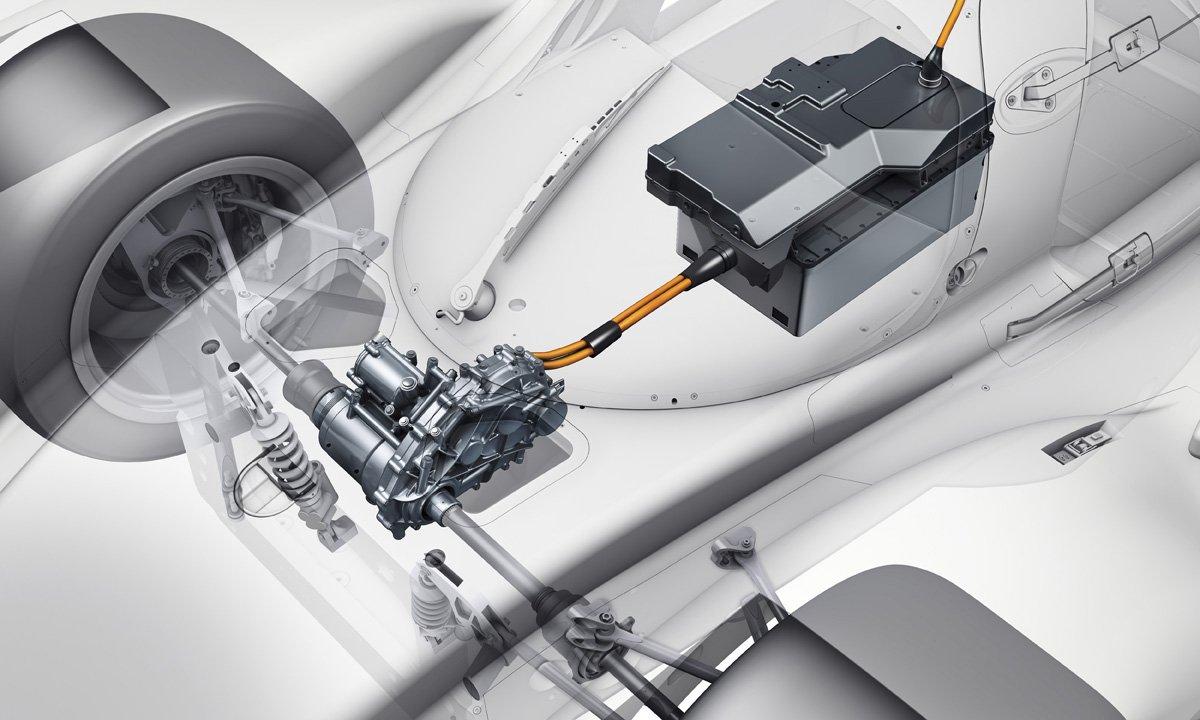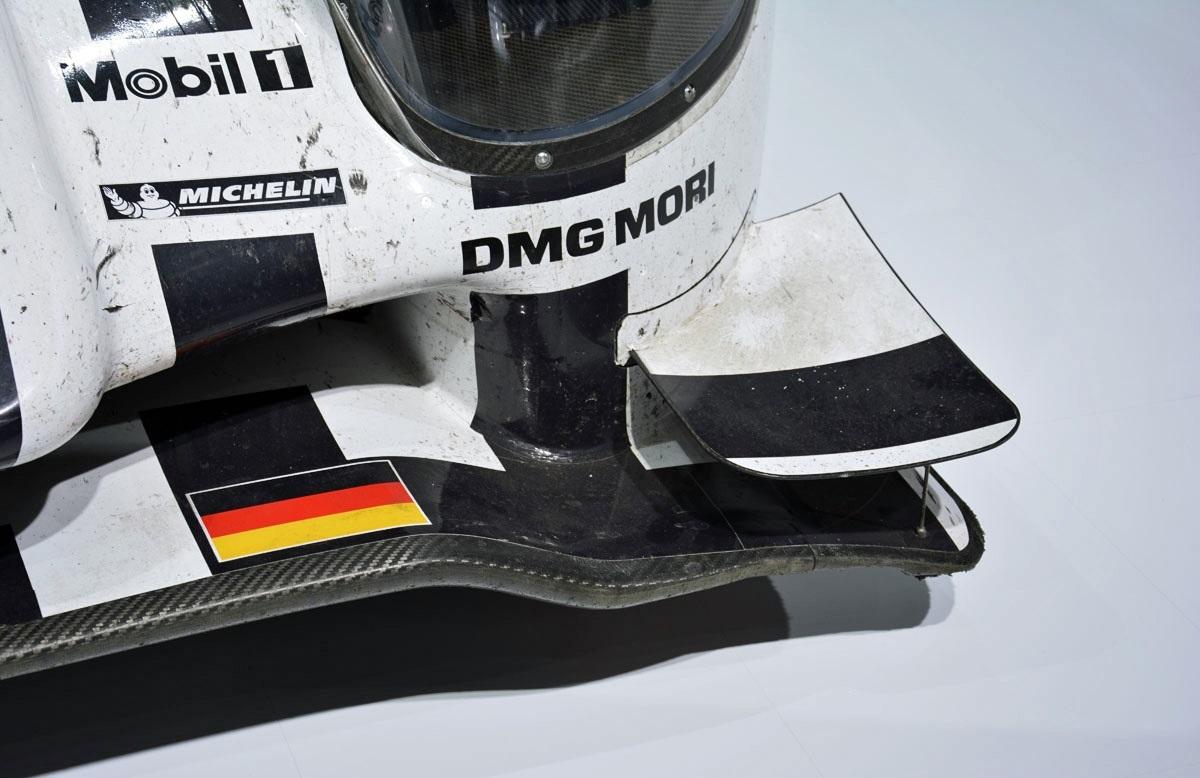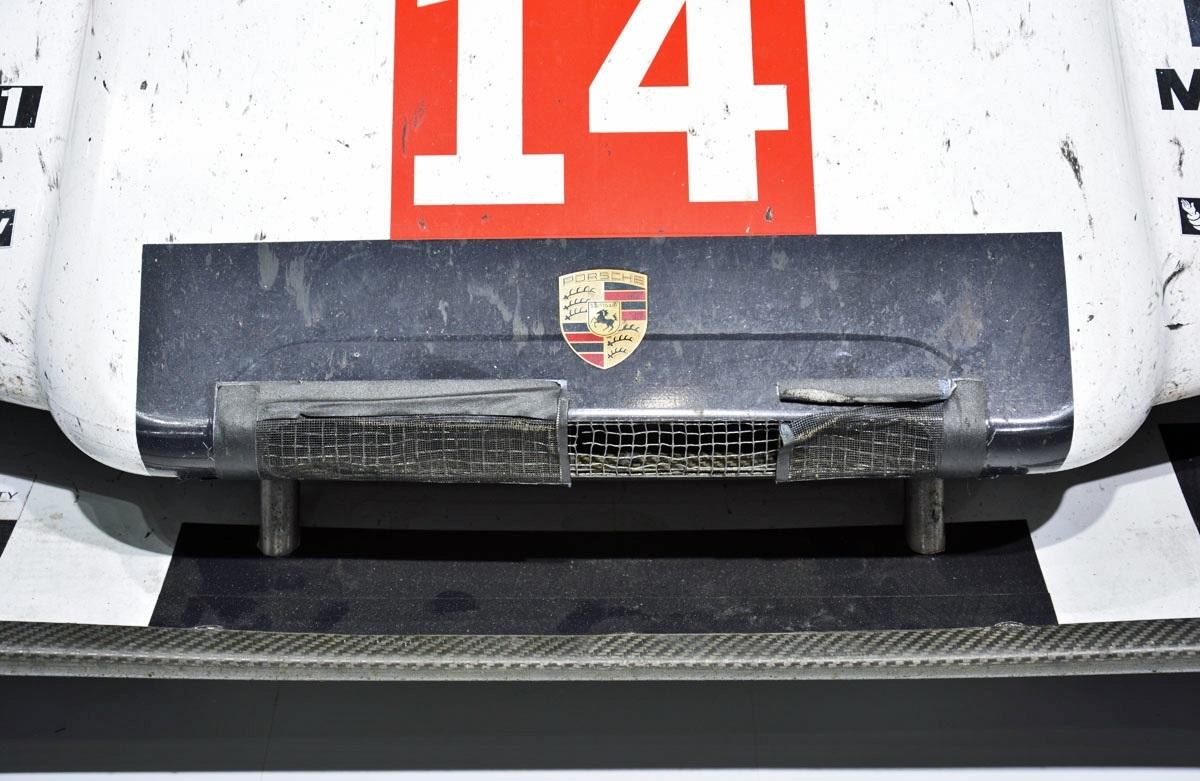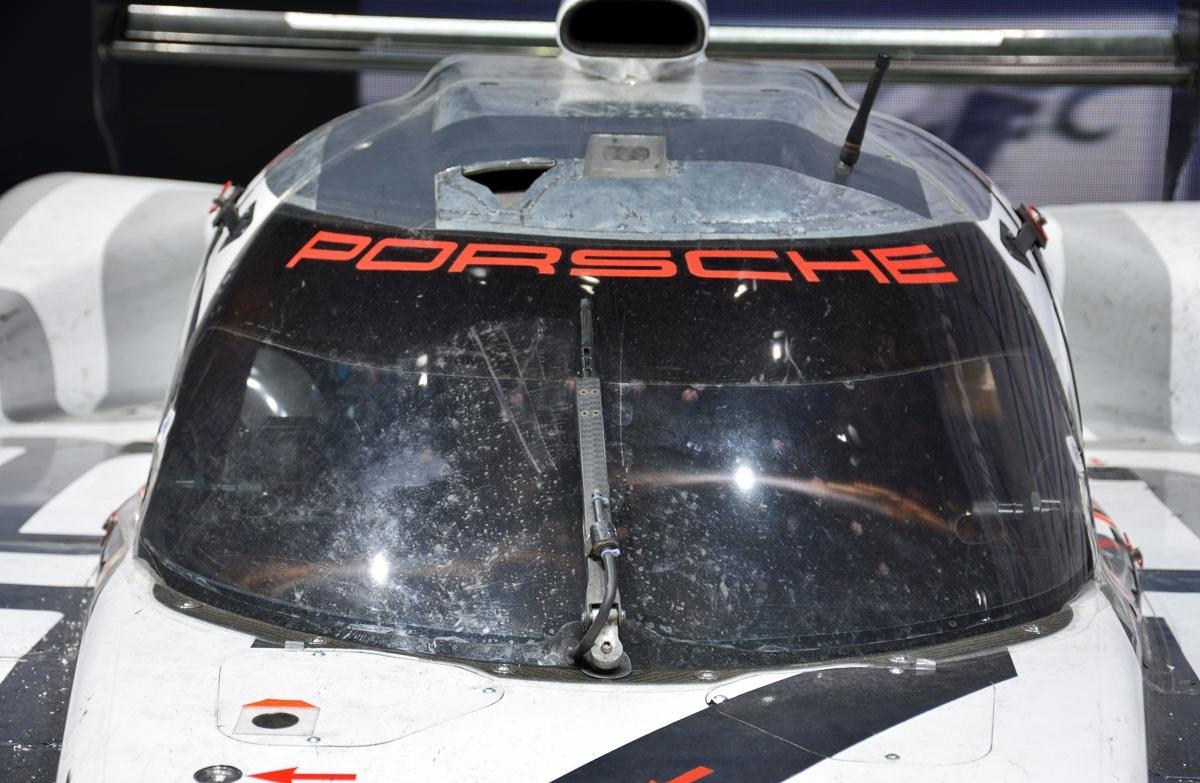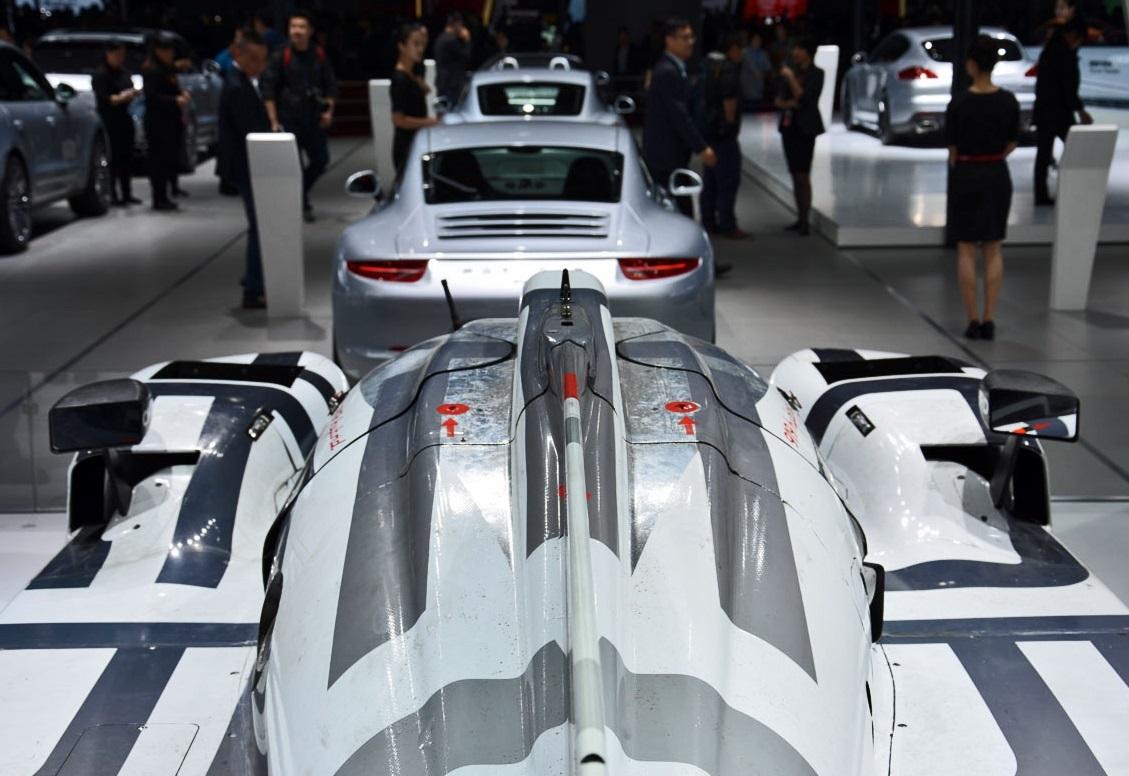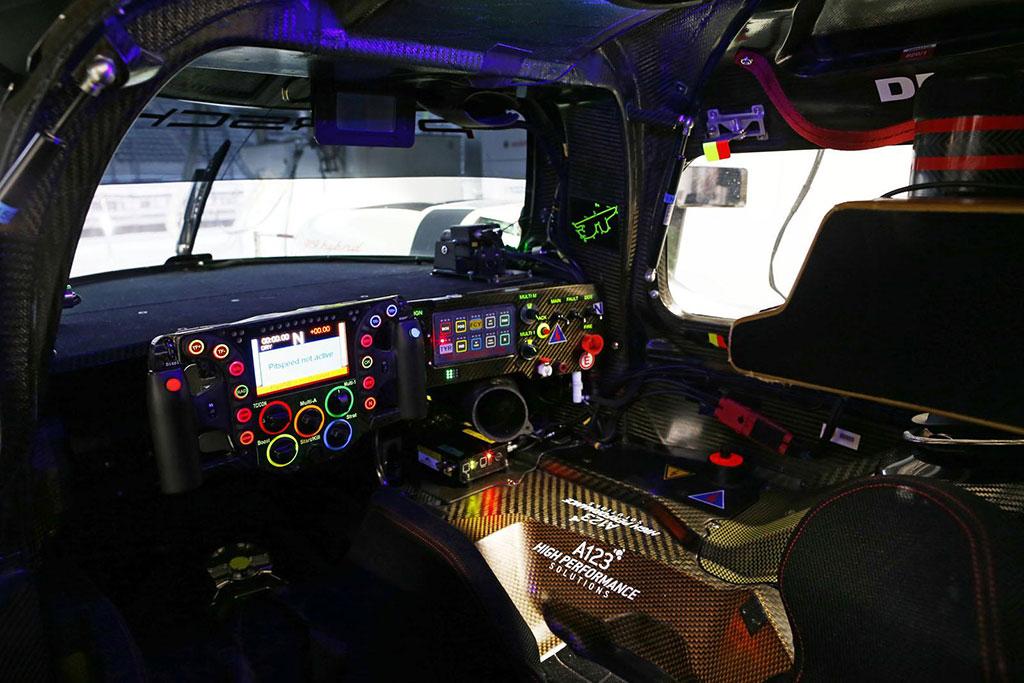First held in 1923, the 24 Hours of Le Mans has always been a testbed for technological innovations. In the early days, teams developed features that we now take for granted, such as windshield wipers, just to be able to finish the race. Today, the equipment they design is a lot more advanced because cars need to race for 24 hours straight while using as little fuel as possible and fending off stiff competition.
Like most motorsport events, the 24 Hours of Le Mans is split up into different categories. The LM P1 (Le Mans Prototype) cars are the fastest racers out on the track, and the ones that require the biggest budgets to develop, build and maintain. This year, Toyota, Porsche, and Audi are the main – but not the only – teams that will battle for first overall.
Manufacturers go to great lengths to improve their car every season. The Toyota TS050 racer gets a new look this year, and engineers have ditched the TS040’s naturally-aspirated 3.7-liter V8 in favor of a twin-turbocharged 2.4-liter V6. Porsche has improved the 919 — which won last year’s race — with more powerful electric components, including a new generation of lithium-ion battery cells. The regulations haven’t drastically changed over the past 12 months, Toyota and Porsche are simply trying to make the most out of every single drop of gasoline.
Join us as we look at some of the technology built into this year’s crop LM P1 racers. As fuel economy and emissions regulations get stricter and stricter, the features found in LM P1 car will trickle down to the average family sedan in 10, 20 or 30 years.
Downsized engines
Race regulations dictate that gasoline-powered LM P1 racers fitted with a hybrid system can’t use a fuel tank bigger than 16.5 gallons, while diesel-powered hybrid cars are limited to just 13.1 gallons. Teams lose precious seconds every time they stop in the pits for a fill-up so they’ve learned how to build smaller, more efficient engines that nonetheless produce jaw-dropping amounts of power.
Porsche is leading the field in that regard. The 919 Hybrid is powered by a relatively tiny 2.0-liter V4 engine that uses a single turbocharger and a direct fuel-injection system to send over 500 horsepower to the rear wheels. In comparison, the limited-edition 911 R that was introduced in Geneva last March uses a naturally-aspirated 4.0-liter flat-six, while the sold-out 918 Spyder’s main source of power is a 4.8-liter V8.
Hybrid systems
In a bid to save gas, all LM P1 cars entered in the race by major manufacturers must be fitted with a hybrid drivetrain. Some use a relatively simple kinetic energy-recovery system that captures the energy generated while braking, turns it into electricity, and releases it to provide an acceleration boost.
Porsche’s 919 is fitted with a second, more advanced energy recovery system that uses an electric generator to capture the thermal energy generated by exhaust gases, turn it into electricity and store it in a water-cooled lithium-ion battery pack. With both power sources up and running the 919 boasts all-wheel drive and well over 900 horsepower, enough to hit 60 mph from a stop in 2.2 seconds.
Each car can be fitted with up to two energy recovery systems, and they can use two, four, six, or eight megajoules of energy per lap of the Le Mans circuit. The more power a system releases, the less fuel the car is allocated per lap, so teams have to strike a careful balance between using electricity and gasoline. Note that cars entered by privateers that don’t have the same budget as, say, a global corporation like Toyota, are not required to go hybrid.
Lightweight materials
Hybrid LM P1 cars have to tip the scale at more than 1,929 pounds. To put that figure into perspective, the U.S.-spec 2017 Mazda Miata weighs 2,332 pounds in its lightest configuration. Most teams try to get as close to 1,929 pounds as possible because simple physics dictate that the less a car weighs, the more efficient it will be and the faster it will go.
All mechanical elements need to be fully covered, meaning manufacturers looking to shed weight can’t simply remove the decklid and call it a day. The 919 Hybrid features an advanced carbon fiber monocoque that makes it both light and exceptionally rigid, and Toyota’s TS050 features a windshield crafted out of polycarbonate. Finally, the gearbox housing of both the Audi R18 and the Porsche 919 is made out of carbon fiber composite with titanium inserts.
Aerodynamic design
Lowering drag is a crucial part of building an efficient car. To do that, designers need to get air to go through the car rather than around it, while still providing enough air to cool the engine. Porsche explains it spent nearly 2,000 hours fine-tuning the design of the 919 in a wind tunnel before sending the car on its maiden race two years ago.
The Le Mans track’s long straights make it unique in the world of endurance racing. Many companies consequently develop an aerodynamics package specifically for the race. Teams are permitted to use up to three packages per season.
Ergonomics
A huge focus is put on the car and what’s under the hood, but designers also need to keep in mind that three pilots will drive the machine for a day straight. That means the cockpit need to be relatively comfortable and drivers need to see in the rain (the north of France isn’t exactly the sunniest place on earth), in the dark, in the fog, and so on.
LM P1 racers are fitted with what are undoubtedly the most advanced steering wheels ever built. In the 919, the wheel — which is closer to a rectangle than to a circle — features nearly two dozen buttons that let the driver dial down the effect of the traction control system, shift the balance of the brakes, turn the wipers on and off, dim the dashboard, and even put the transmission in neutral.

